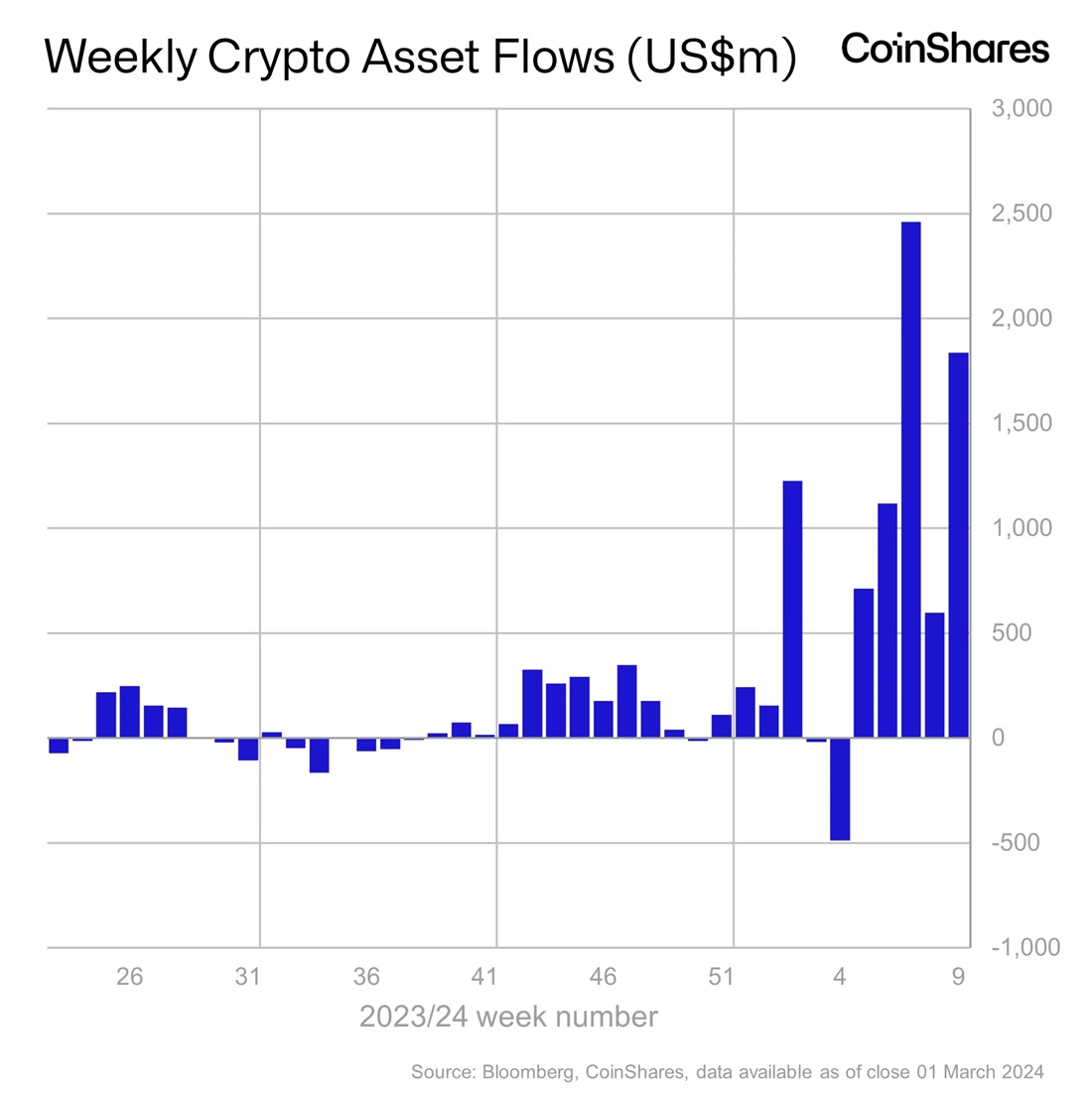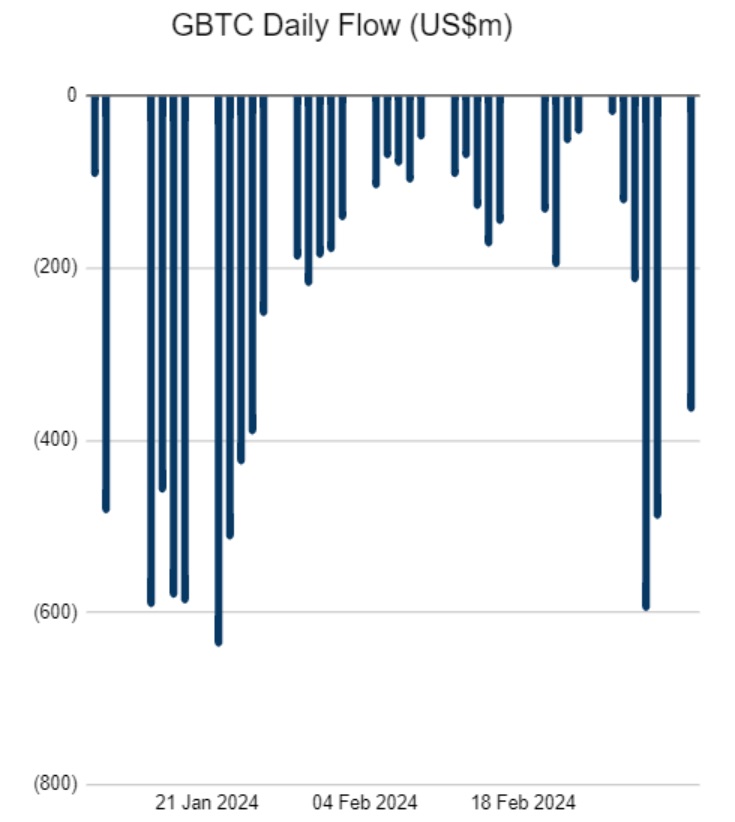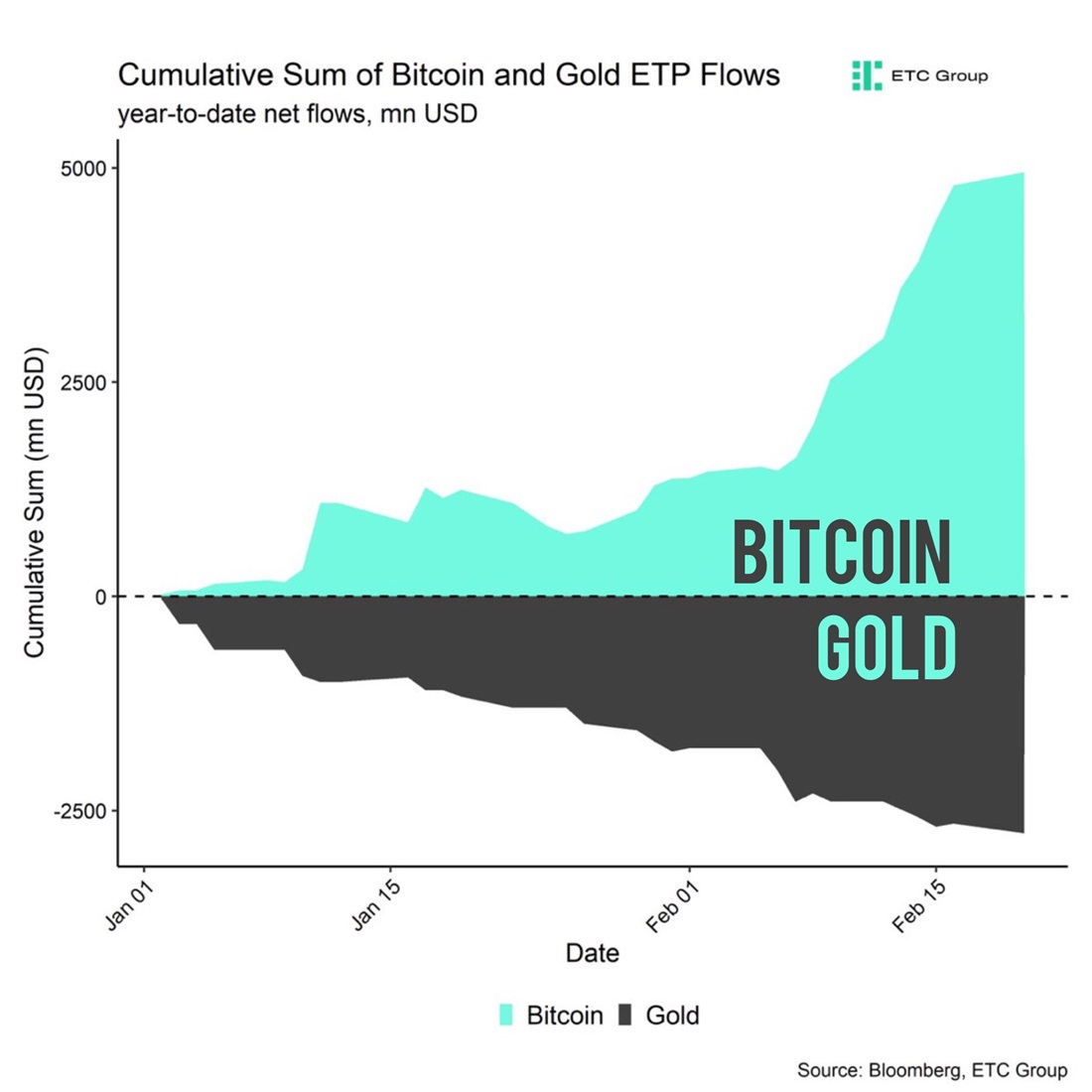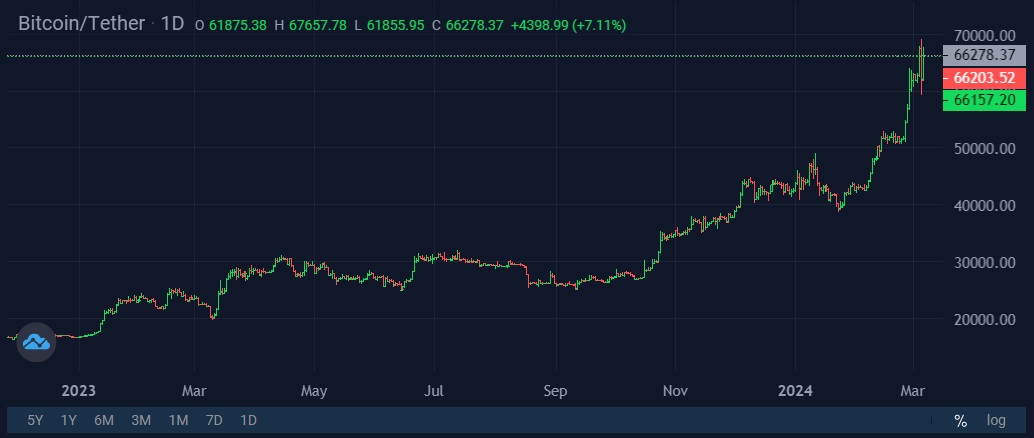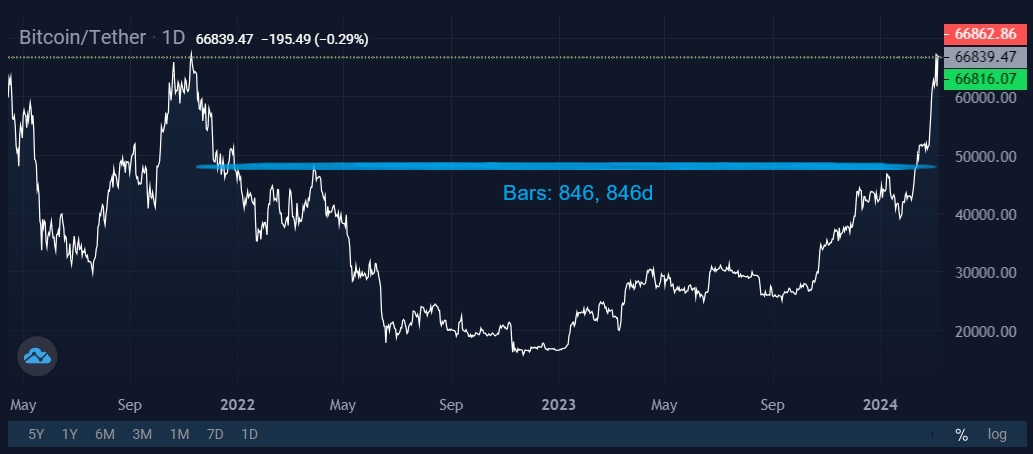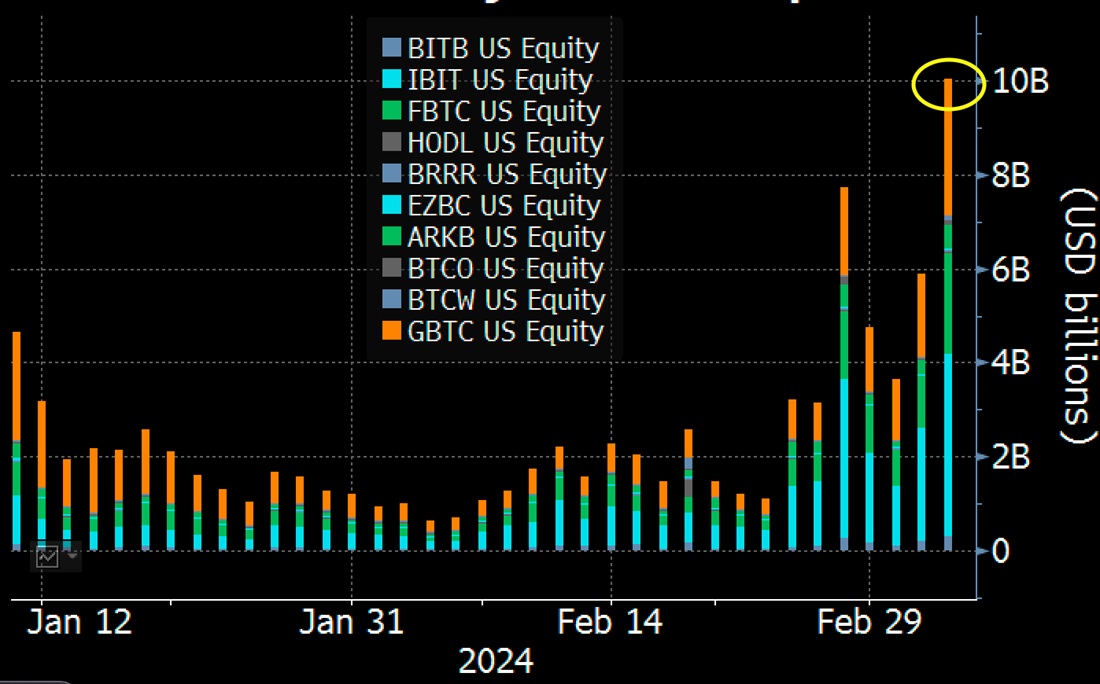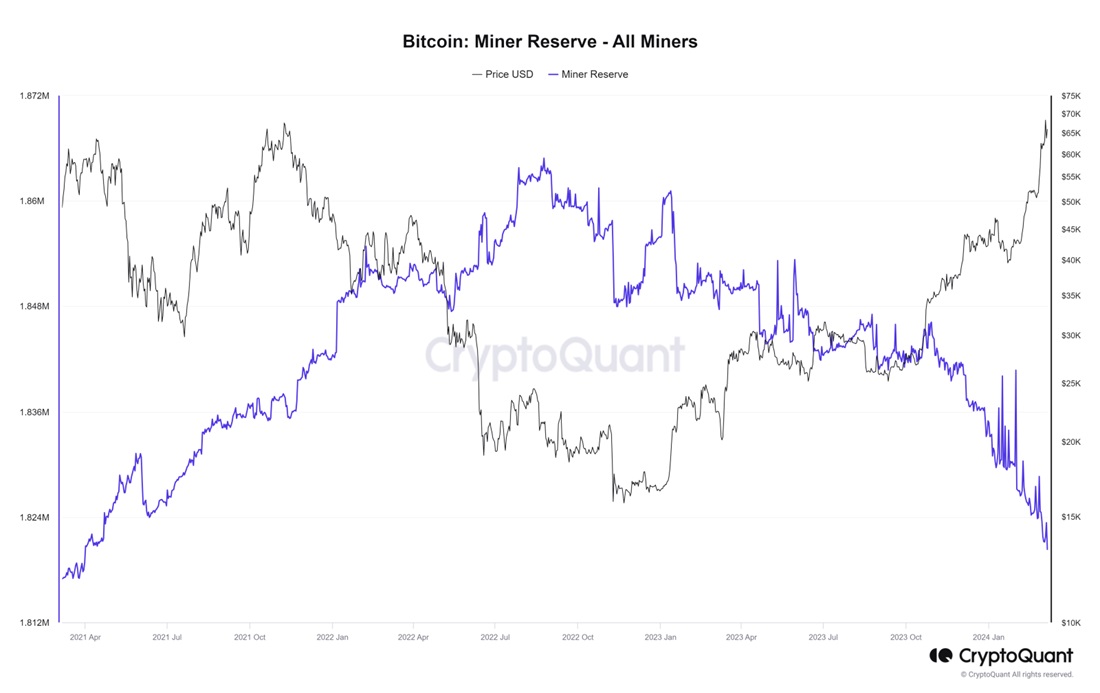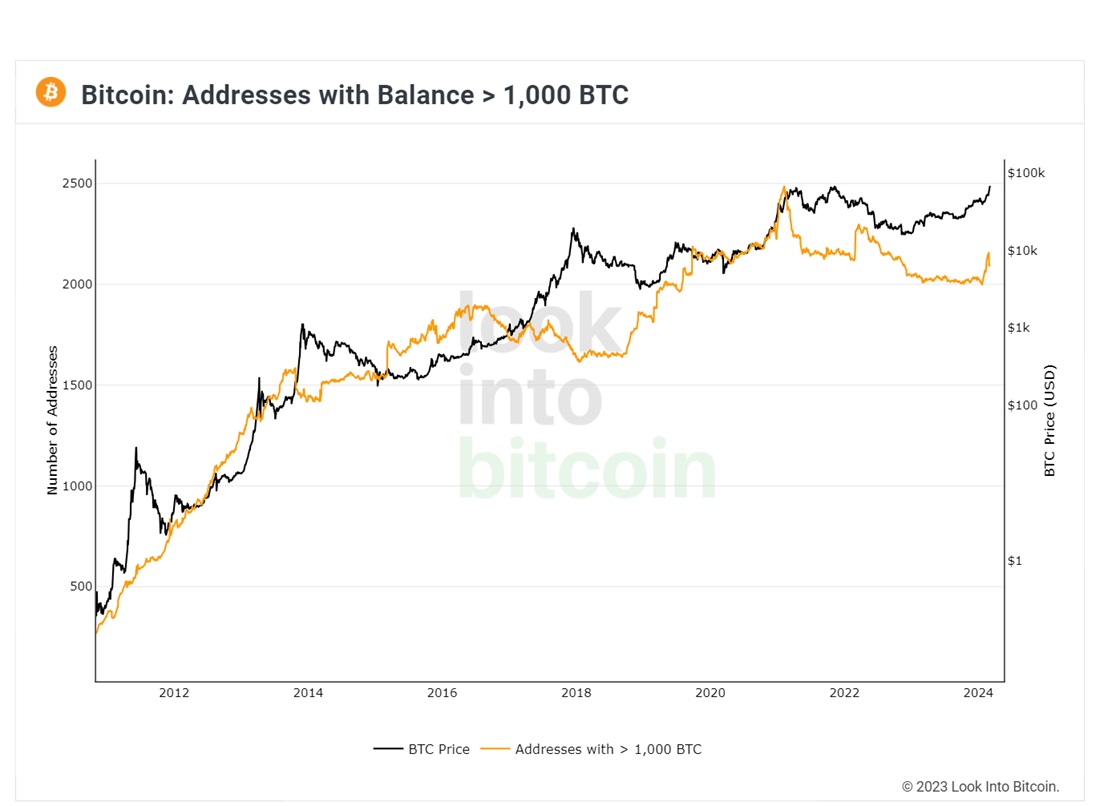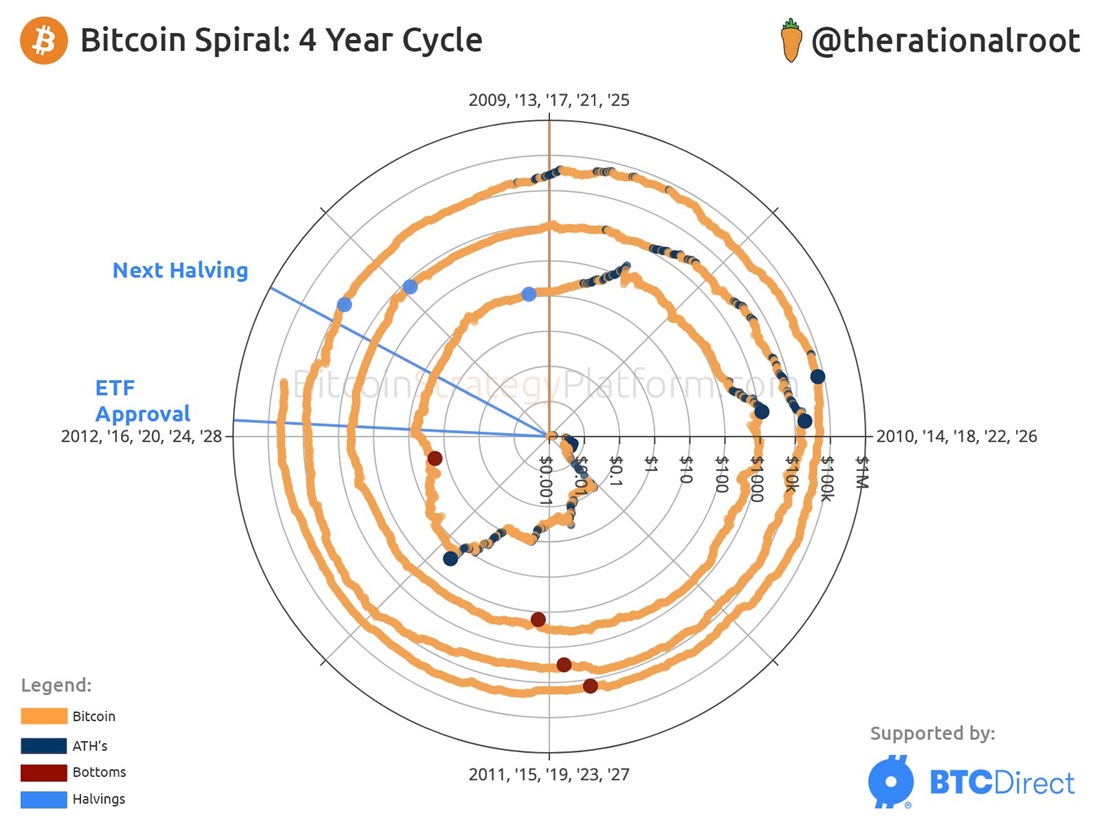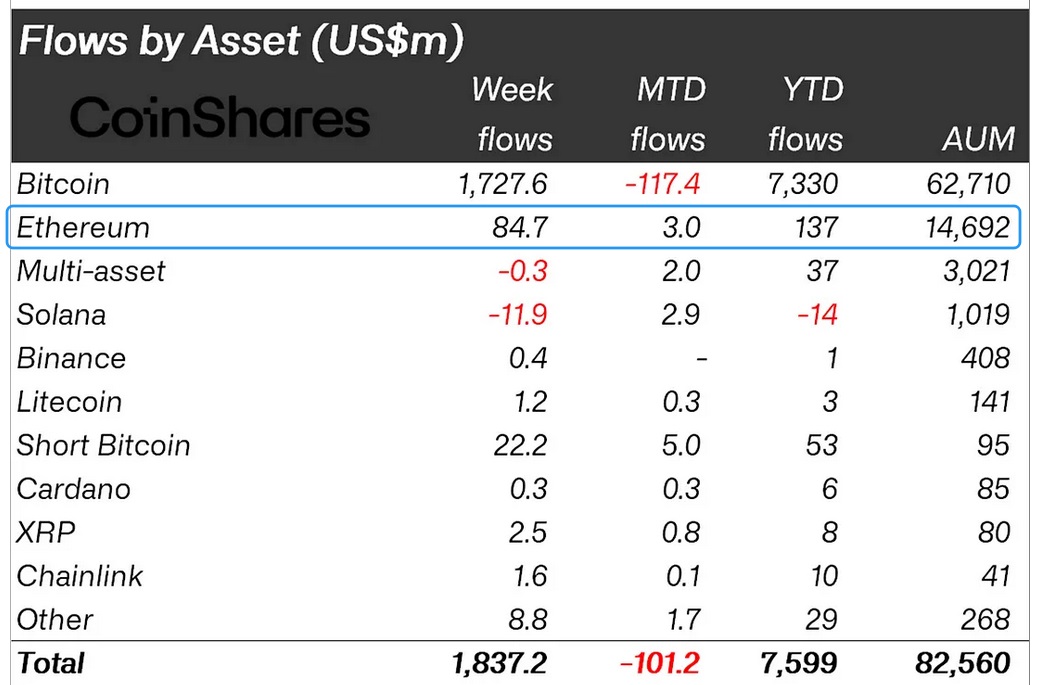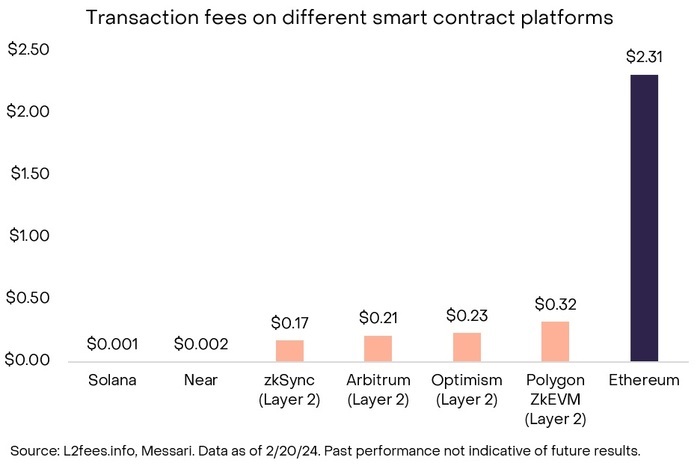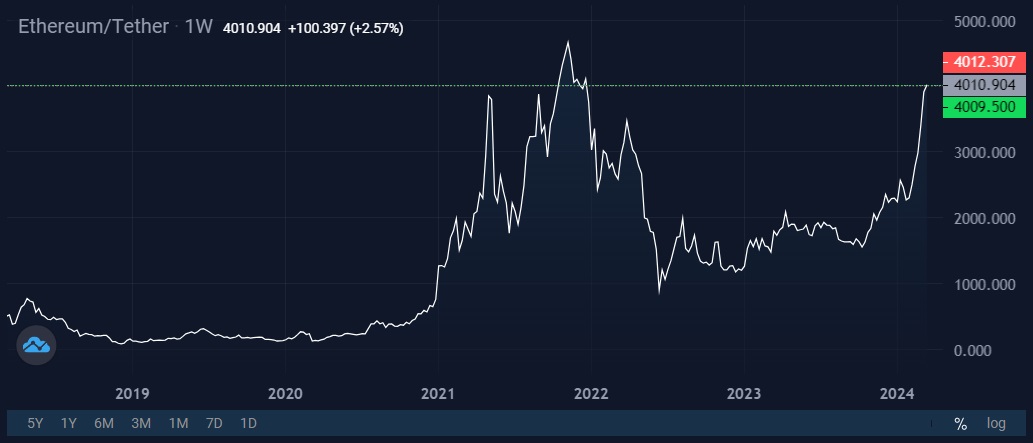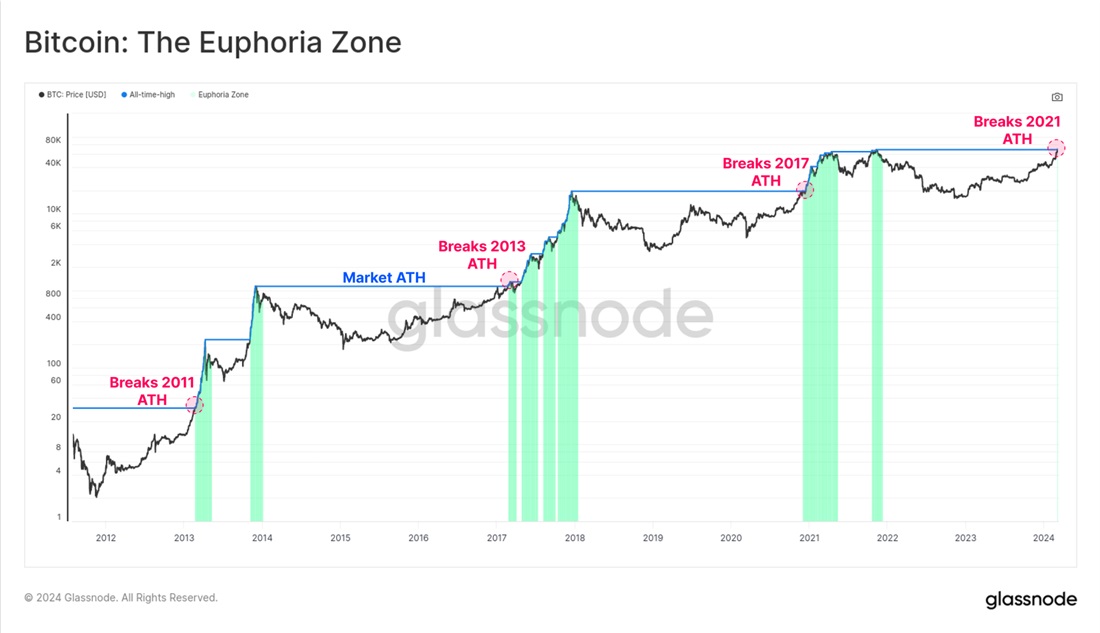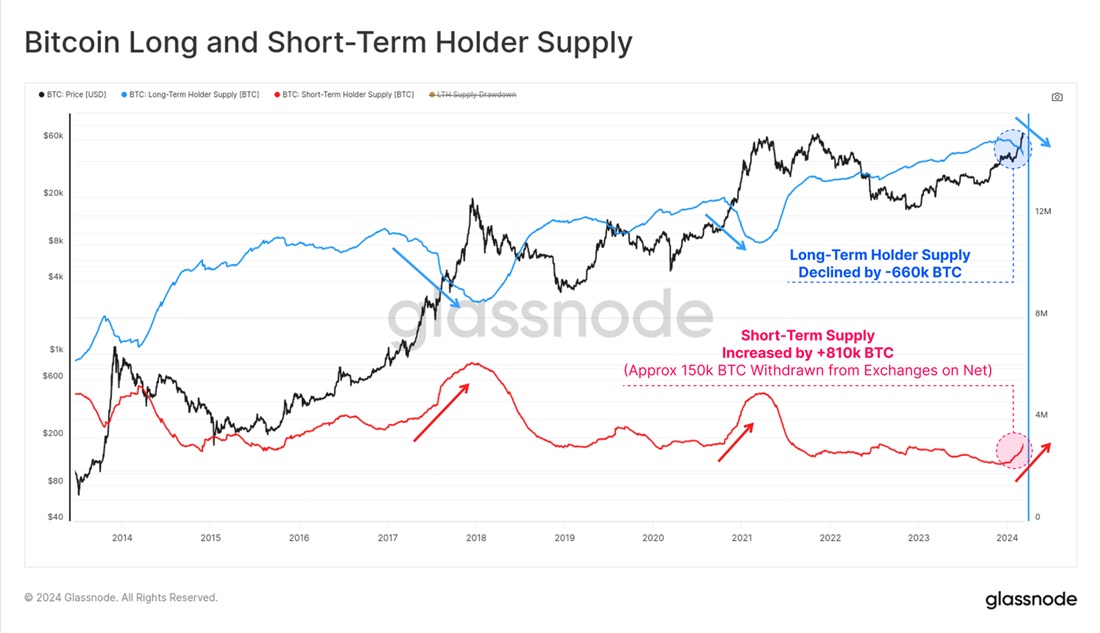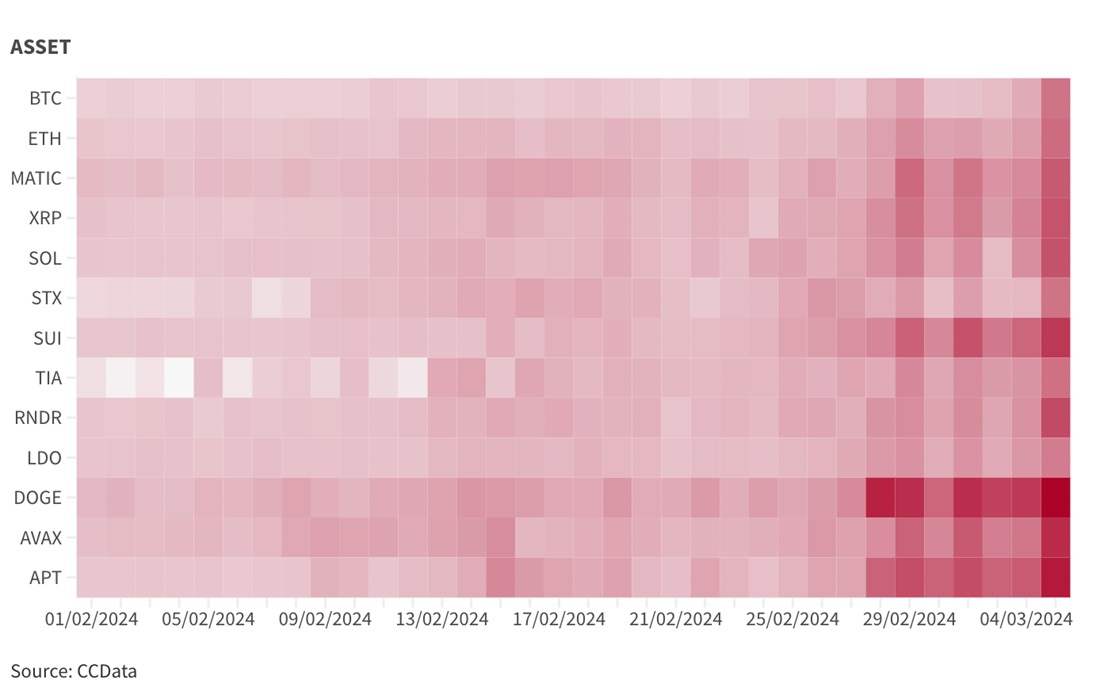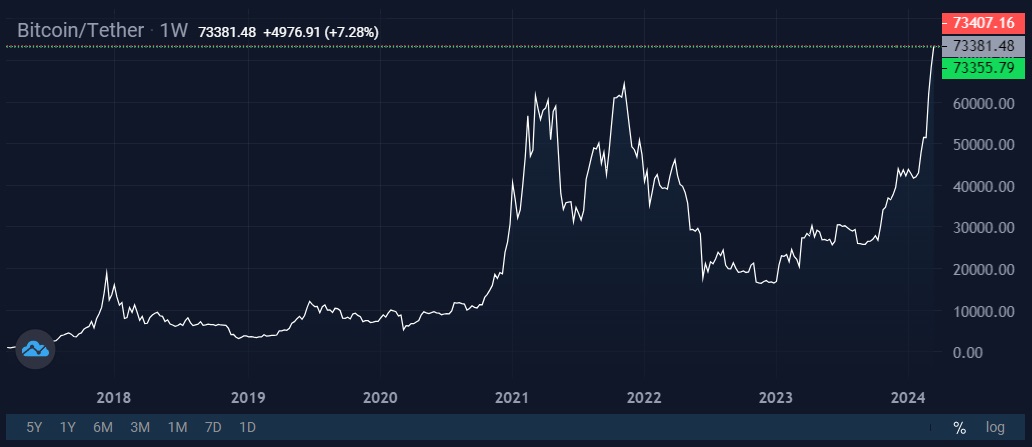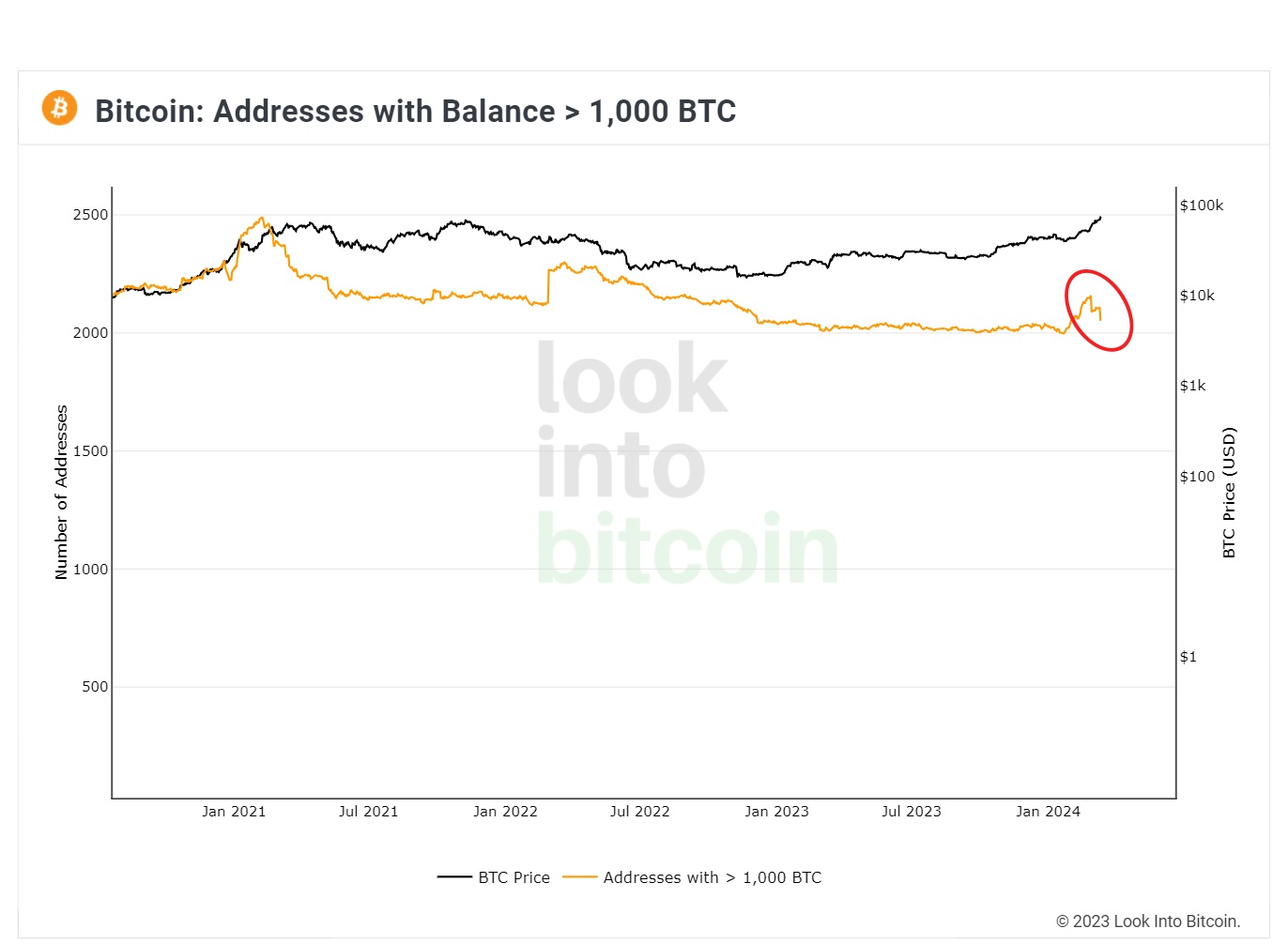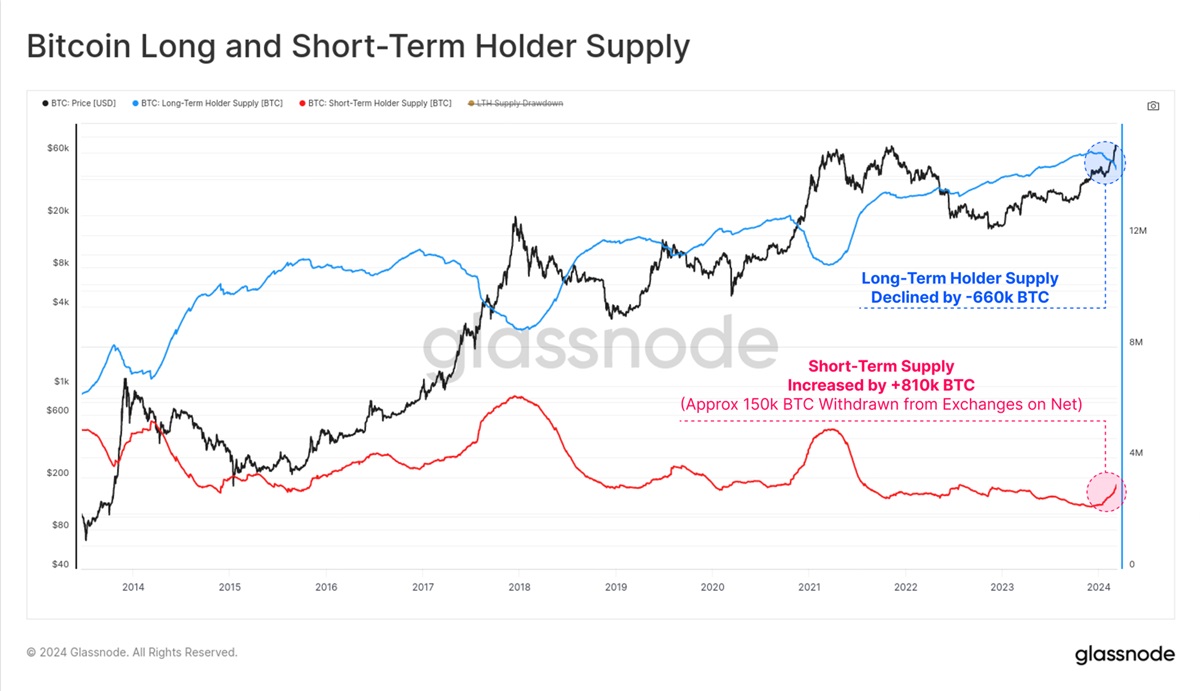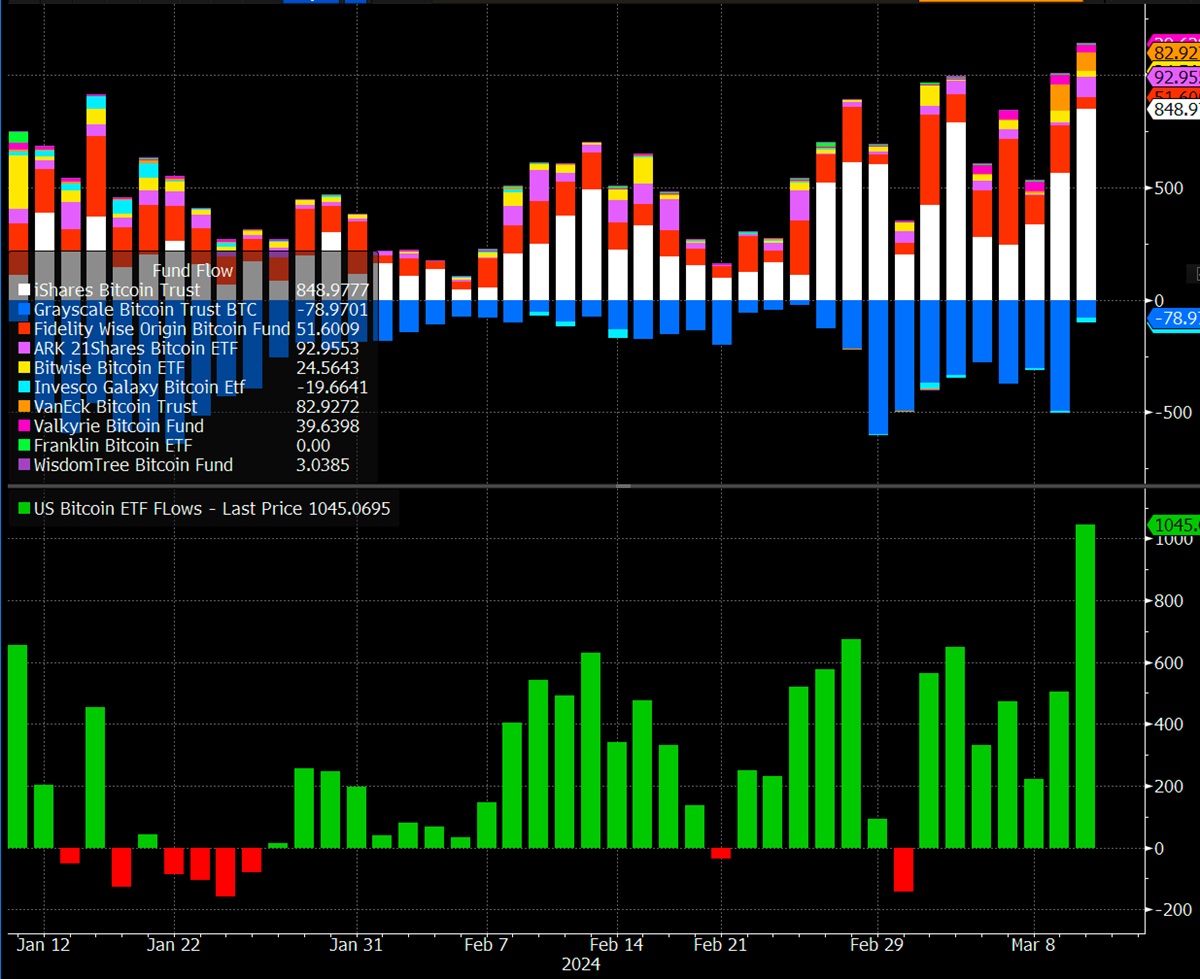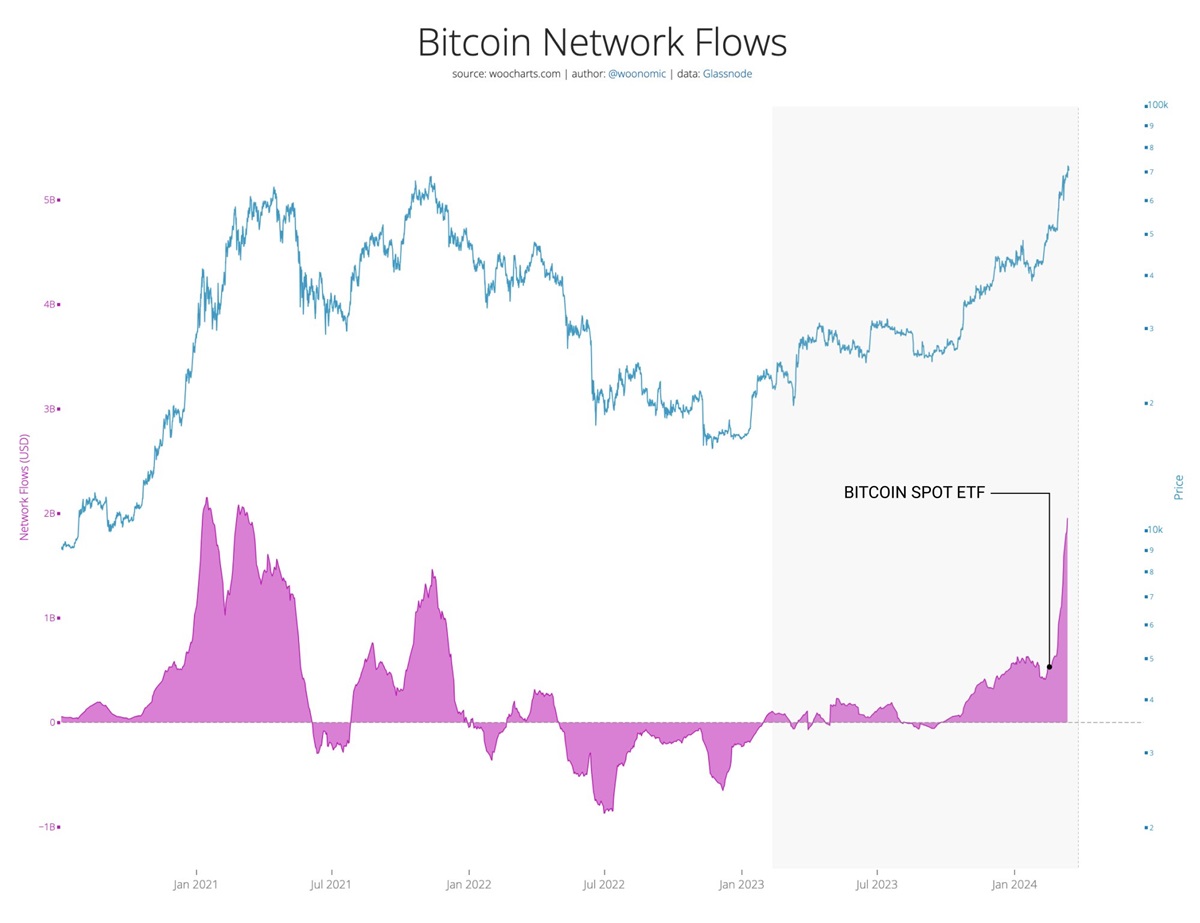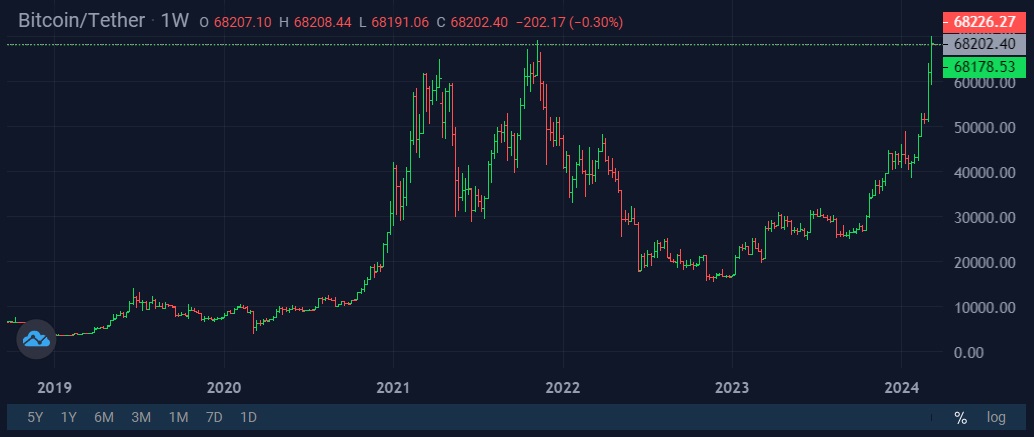- Jan 25, 2024
- 73
- 0
The total count of active Ethereum validators approaches 1 million
Despite the efforts of its competitors, Ethereum maintains its status as the leading smart contract platform. Its share of the DeFi sector has returned to growth in 2024, reaching 60.8% in terms of Total Value Locked (TVL).
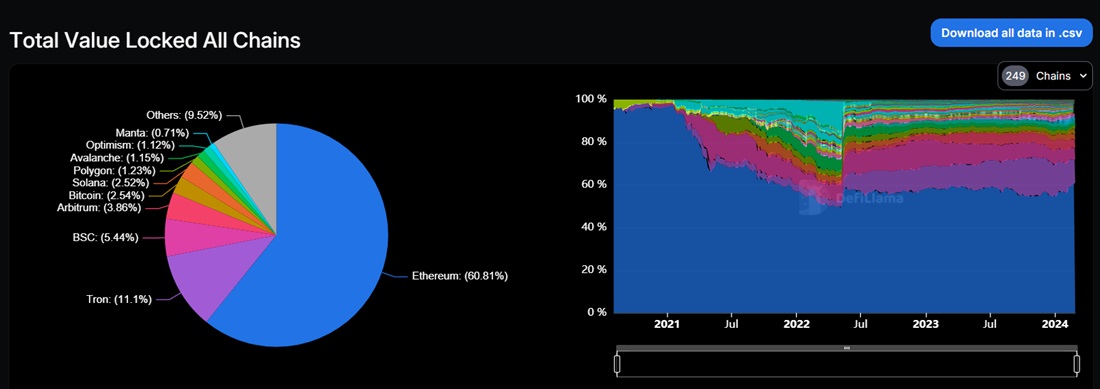
Ethereum is the most secure network after Bitcoin due to the large number of validators. There are currently 965,000 validators, and the milestone of 1 million will soon be reached.
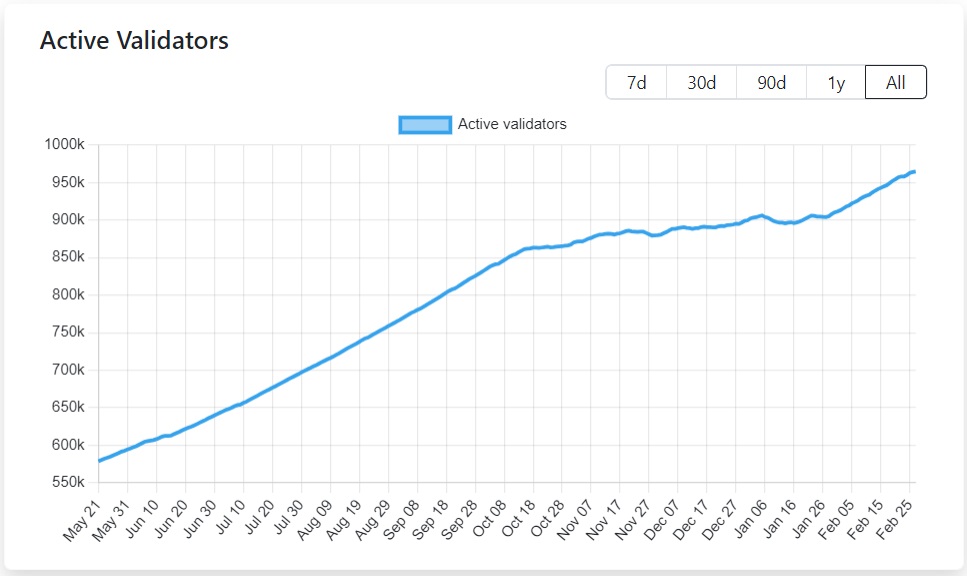
This year we are seeing renewed interest in staking for two reasons. First, several new projects have been launched offering tokens to replace blocked ETH. These tokens can be pledged in the same way on another platform, thereby improving the overall performance of staking. For example, since January, EigenLayer's TVL has increased 8-fold to $8.8 billion.
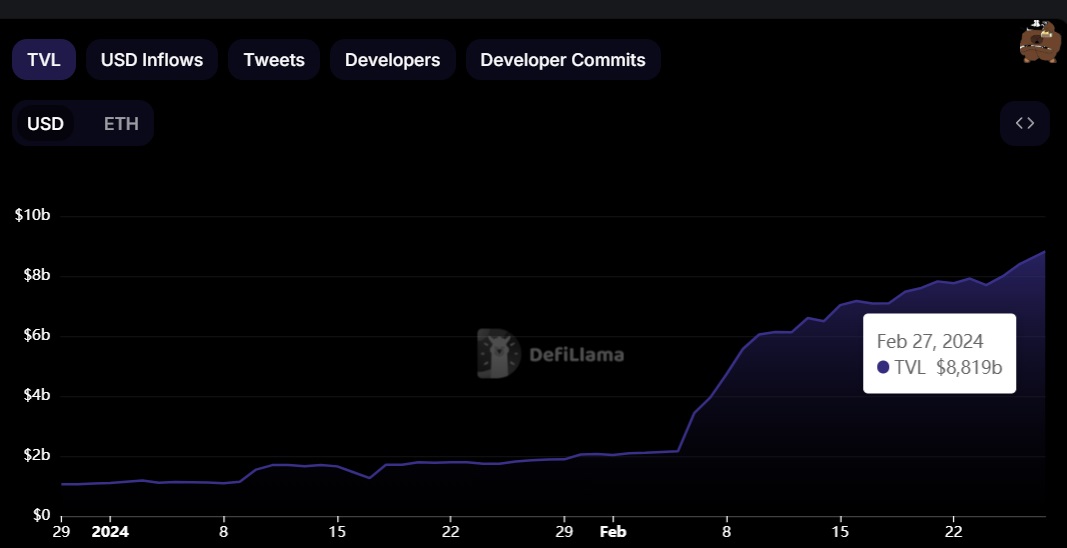
Second, Ethereum is outperforming Bitcoin by 6.9% this year, which makes investing in cryptocurrency (including staking) even more tempting.

Ethereum trades low bandwidth and high fees for unrivalled security. This has provided blockchains like Solana and Avalanche the opportunity to significantly expand their market presence. However, the expected Dencun upgrade in March will give a second wind to Ethereum-based Layer 2 (L2) networks. Fees are expected to drop to $0.01 or less from the current $0.2-0.3.
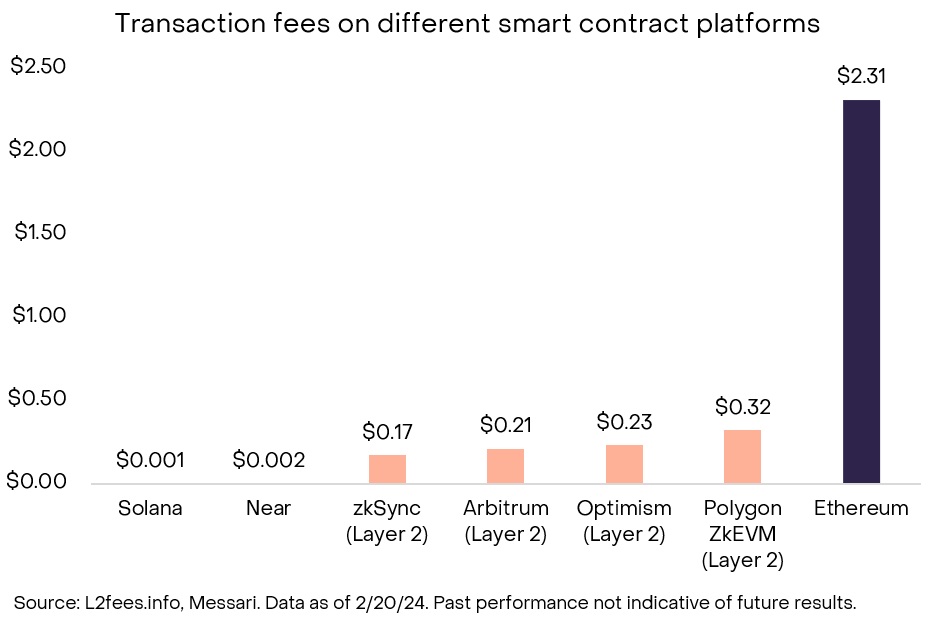
In many cases, L2 will be preferable when choosing a platform to implement a project as security and fault tolerance will be provided by Ethereum, and speed and fees will be similar to Solana.
If Dencun makes an impact as anticipated, Ethereum may outperform Bitcoin in 2024.
StormGain Analytical Group
(platform for trading, exchanging and storing cryptocurrency)



